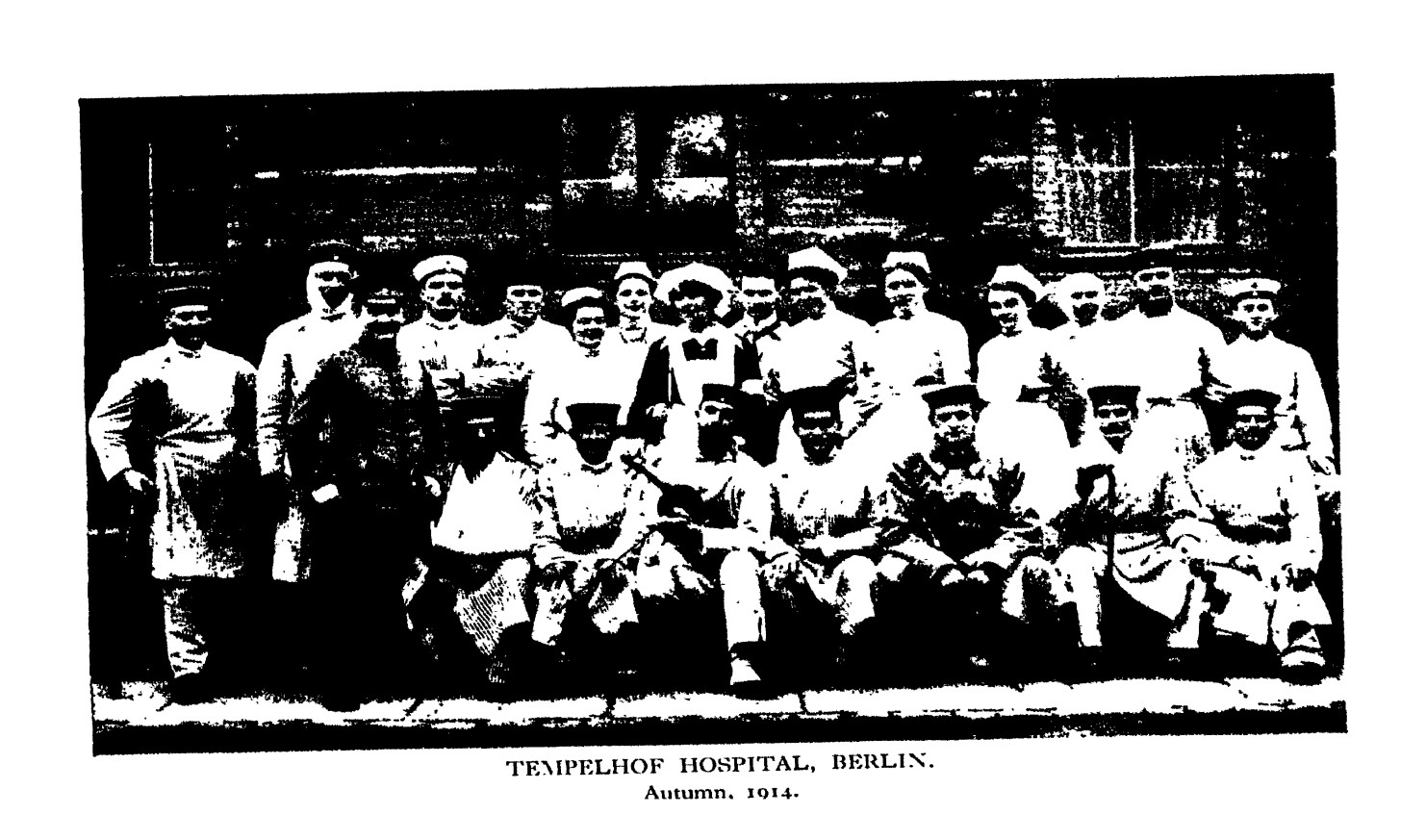Daisy Cornwallis-West (1873-1943) became the Princess of Pless after marrying the German Prince Hans Heinrich XV in 1891. She was the daughter of politician William Cornwallis-West, the Lord Lieutenant of Denbighshire, and the aristocrat Patsy Cornwallis-West, a former mistress of King Edward VII. Daisy states that despite pressure on her to be a lady, as a young girl she ‘never really wanted to be anything but a tomboy’ (p. 35). In her memoir her personality comes across clearly: she asserts herself as a strong-minded woman who is not shy to voice her viewpoint. John Murray published her first volume of memoirs, Daisy, Princess of Pless: By Herself (1928),* with an introduction by Major Desmond Chapman-Huston, an Irish aristocrat, author and publisher. It includes 13 chapters spanning 1873-1918 and has 28 illustrations, mostly of Daisy (see figure 1).

Figure 1: Daisy, Princess of Pless, in 1901.
Just before she moved to Germany on her marriage in 1892, Daisy was advised by King Edward VII to ‘learn German and become a good subject of [her] adopted country’ (p. 49). Pless occupies a distinctive position: part of Prussia at the time of the First World War, it became part of Poland in a 1921 plebiscite following the Treaty of Versailles. Daisy was unable to assimilate and continued to be viewed as English throughout her life there, including during the First World War.
Prior to the War, Daisy attempted to use her position to maintain peace between England and Germany. While she opposed the formality and regulations that came alongside her title and position in court, she did grow close to the German Emperor (see e.g. pp. 184-6; p. 271). Similarly, she maintained contact with members of the House of Lords in England and attempted to make connections and introductions between the two countries. As Chapman-Huston writes in his introduction, ‘Through whosoever fault it may be that the European war broke out, it was certainly not through hers; for years she foresaw and dreaded it, and did all that one woman could possibly do to avert it’ (p. 14).
On 6 August 1914, Daisy writes in her diary of her intention to become a nurse and aid wounded soldiers (pp. 274-5; see figure 2). She states that if she had been a boy the first thing she would have done would be to join a Regiment and become a soldier, but as this was impossible she would ‘go off to the front as soon as I can with the Red Cross’ (p. 277). She did, however, have to watch her son (known as Hansel, to distinguish from his father Hans) join the German army and go to War against her home country (p. 418).

Figure 2: nurses including Daisy, Princess of Pless, 1914 (between pp. 348-9).
Daisy’s experience in the First World War was not an easy one. She was distrusted by the German people who suspected her of spying and subjected her to consequent scrutiny due to her English heritage (e.g. p. 311, p. 325, p. 438). Moreover, her home became the Eastern headquarters to the German Armies (1914-17; p. 347). She was regularly accused of being a spy and criticised for her attempts to help English prisoners of war (pp. 293-8).
Following the War, Daisy divorced her husband and moved to Munich and wrote her memoirs, with By Herself being the most successful of the three she published; later volumes were Better Left Unsaid (1931) and What I Left Unsaid (1936). Murray would publish a volume of her pre-war diaries (1931) during the War Books Boom period, also edited by Chapman-Huston. After her impoverished death in Poland in 1943, Daisy was rumoured locally to be buried with the Pless pearls. Her body has been moved multiple times, due to the supposed presence and value of the necklace and as a result of Russian Army actions (Klimczak).
Ray Thomson (edited by Andrew Frayn)
* Some sources give 1928 and some 1929 as the publication date. I follow the National Library of Scotland’s catalogue and Ouditt (2000), p. 105.
Bibliography
Daisy, Princess of Pless: By Herself, ed. and intro. by Desmond Chapman-Huston (New York: E.P. Dutton, 1928) <https://archive.org/details/daisyprincessofp017081mbp/page/10/mode/2up> [accessed 31 Oct 2023]
Klimczak, Natalia, ‘The Strange Story of Daisy of Pless and Her Long Sought After Necklace’, <https://www.ancient-origins.net/unexplained-phenomena/strange-story-daisy-pless-and-her-long-sought-after-necklace-005232> [accessed 31 October 2023].
Ouditt, Sharon, Women Writers of the First World War: An Annotated Bibliography (London: Routledge, 2000)
Leave a Reply